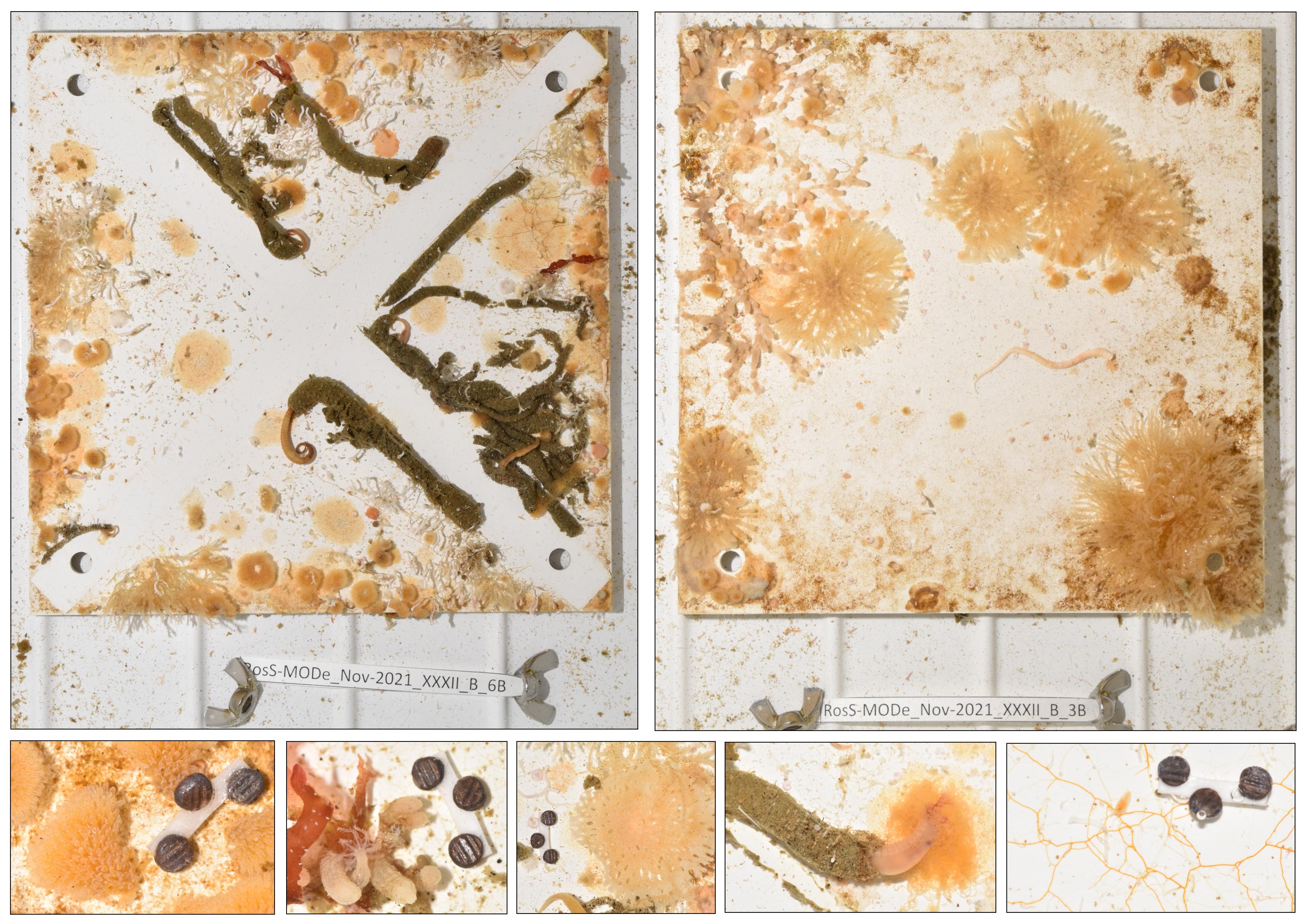- Acronym
- RosS-MODe
- Code
- PNRA18_00078 - B2
- Anno
- 2018
- Research area
- Life science
- Specific research topic
- Study of the biodiversity of the Ross Sea
- Region of interest
- Ross sea
- PI
- Gentile Francesco Ficetola
- PI establishment
- University of Milano
- Institutional website
- internal:/www.unimi.it
- Other institutions and subjects involved
- University of Genova, University of Padova, Sapienza University of Rome, Università Politecnica delle Marche, ISEE CNR
- Consistency of the research team
- The project involves 25 researchers from five universities, including 11 structured researchers, 13 unstructured researchers, and one technician
- Project status
- In progress
- Main stations used
- MZS
- The project
Antarctica is undergoing intense changes in climatic conditions that will profoundly affect its biotic communities. To understand the consequences of these environmental changes, it is necessary to have comprehensive data on the distribution of biodiversity, for large areas and different taxonomic groups. The goal of the "RosS-MODe" project is to study the biodiversity distribution of different animal and algal taxonomic groups in large areas of the Ross Sea, to understand the possible consequences of environmental changes on these organisms over time. To do this, the present project uses a modern approach based on the application of DNA barcoding and metabarcoding techniques to study animal and algal organisms in some areas of the Ross Sea.
- Images
-
- Motivation, importance of research
To understand the possible consequences of climate change on biological communities over time, the biodiversity distribution of different taxonomic groups is analyzed in this research project by DNA barcoding and metabarcoding analyses. The analyses are conducted on samples of benthic invertebrates, macroalgae and fish collected from natural and artificial substrates. The metabarcoding technique is also applied for the study of zooplankton and phytoplankton by analyzing samples obtained from the filters of the drinking water plants at the Mario Zucchelli Italian base.
The results obtained from metagenomics analyses will be compared with a reference "library" of DNA sequences related to autotrophic and heterotrophic organisms. This will allow a comprehensive assessment of biodiversity for the investigated study area and will be an effective way to estimate possible changes in the future.
In addition, to assess seasonal changes in marine biodiversity, environmental DNA (eDNA) analyses are conducted on seawater samples from Terra Nova Bay collected at different times of the austral summer: before phytoplankton bloom (November), during algal bloom (December) and after the bloom phase (mid-January-early February).
- Objectives of the proposal
- Activities carried out and results achieved
During summer 2021-2022, project researchers conducted the following activities:
- Scratching and collection of algae and benthic animal organisms from natural substrates at different sites in Tethys Bay.
- Retrieval of artificial structures (ARMS) placed in November 2016 for the study of benthic community development. These structures were placed at the Mint site at a depth of 22 meters in 2016 with the help of divers. Organisms grown on these structures are then studied by metabarcoding techniques in Italy.
- Sampling activities for subsequent environmental DNA (eDNA) analysis. Seawater samples were collected at different depths through holes in the ice. Subsequently, with the release of sea ice from the sea, starting on January 14, 2022, seawater sample collection activities began at 5 sampling sites. The collected water is then filtered; environmental DNA is then extracted in Italy from the filters in order to study fish and marine invertebrate communities in otherwise inaccessible environments.
- Products
